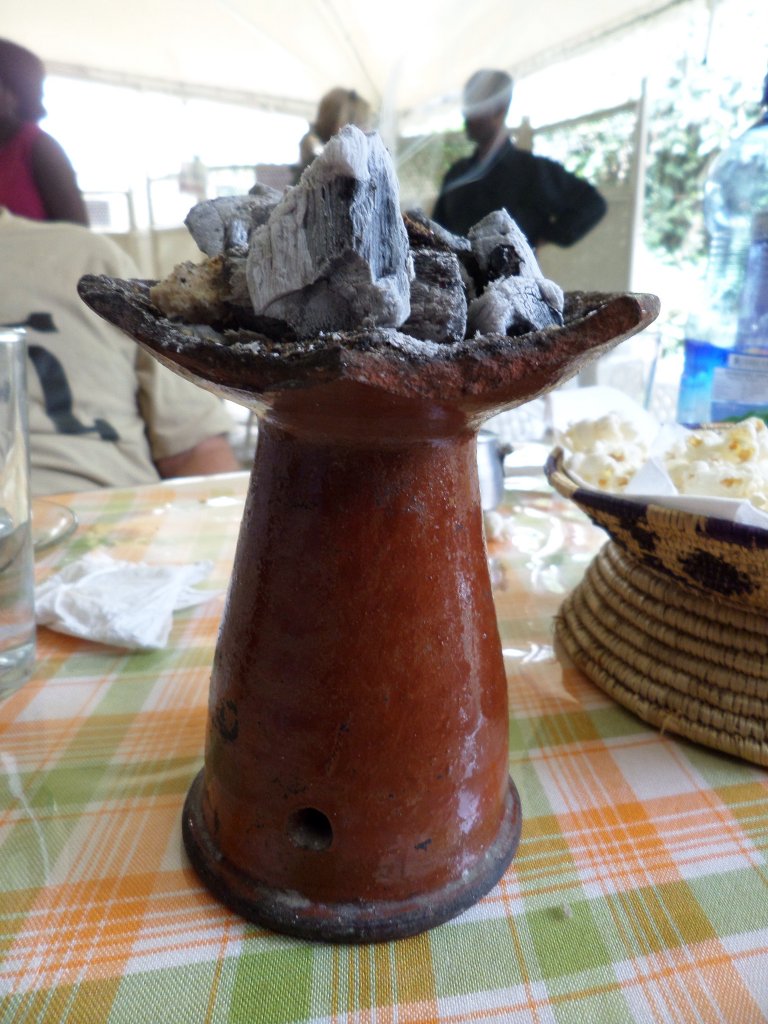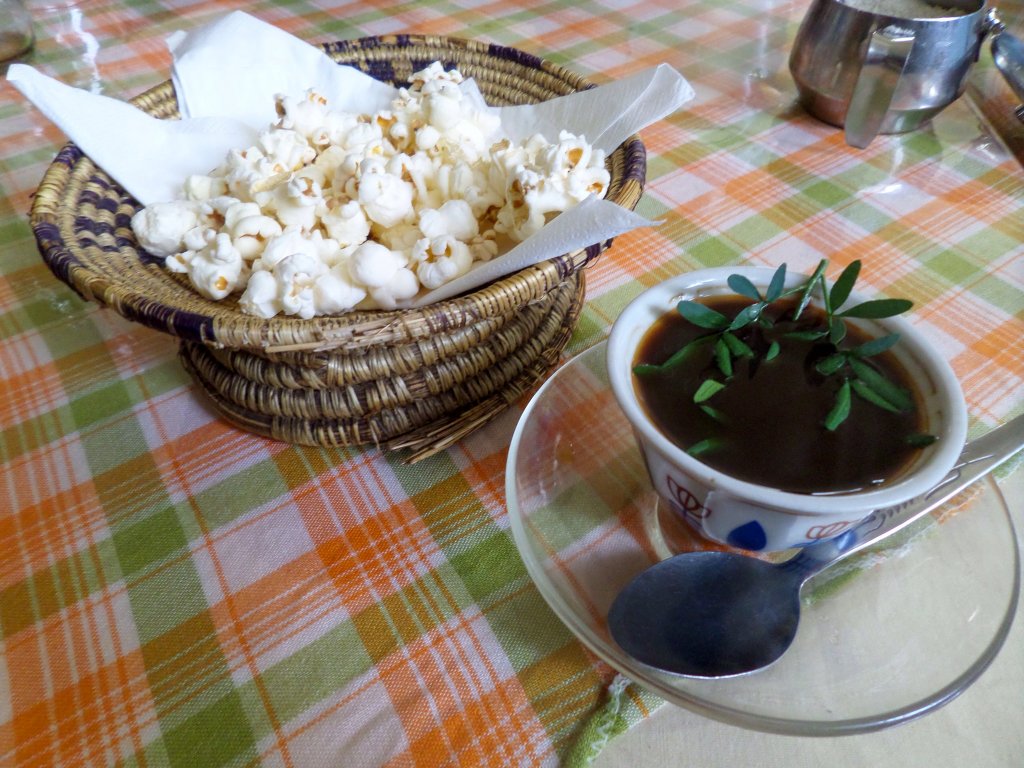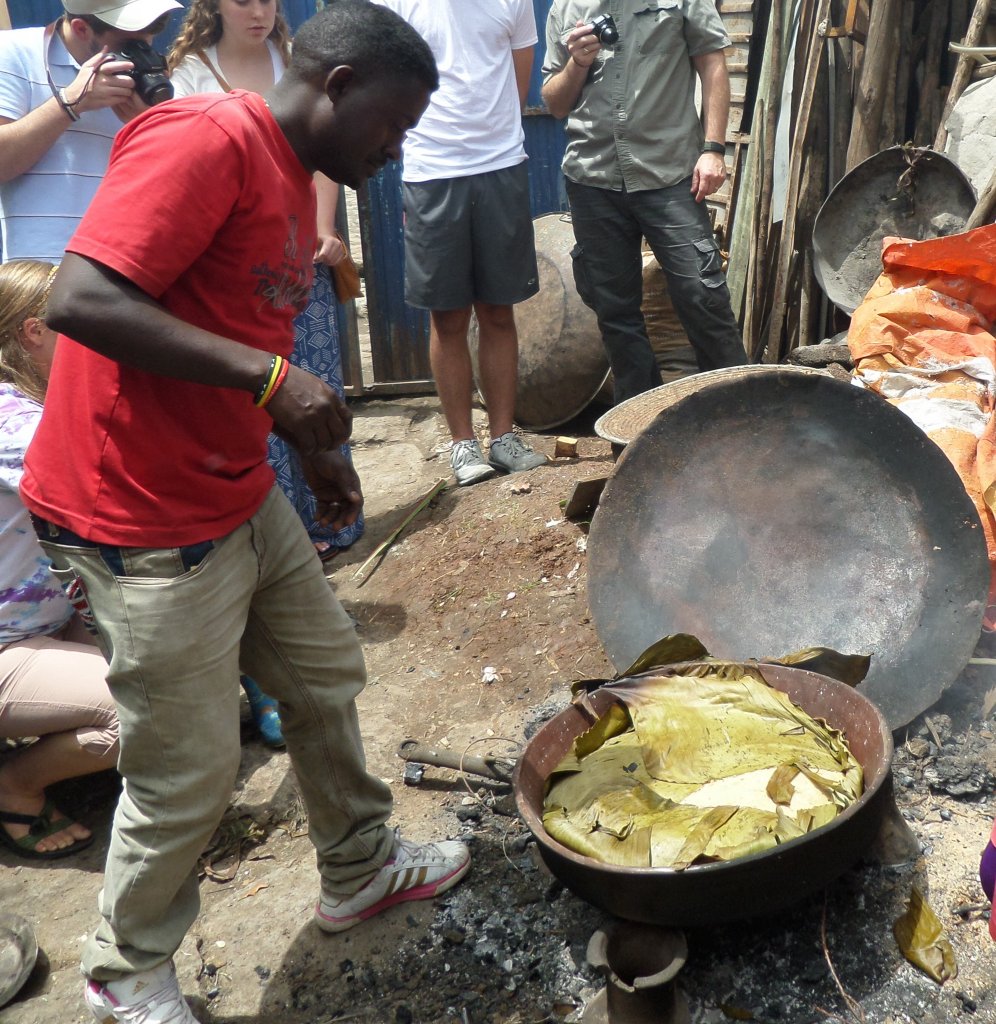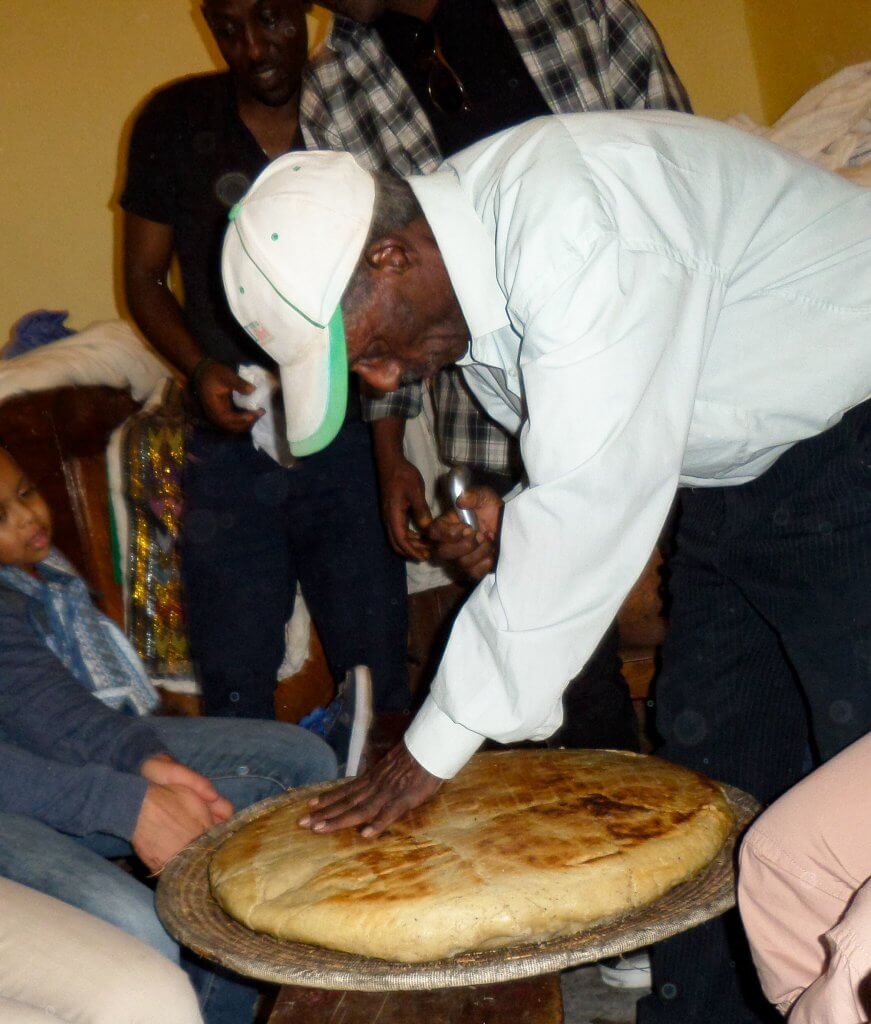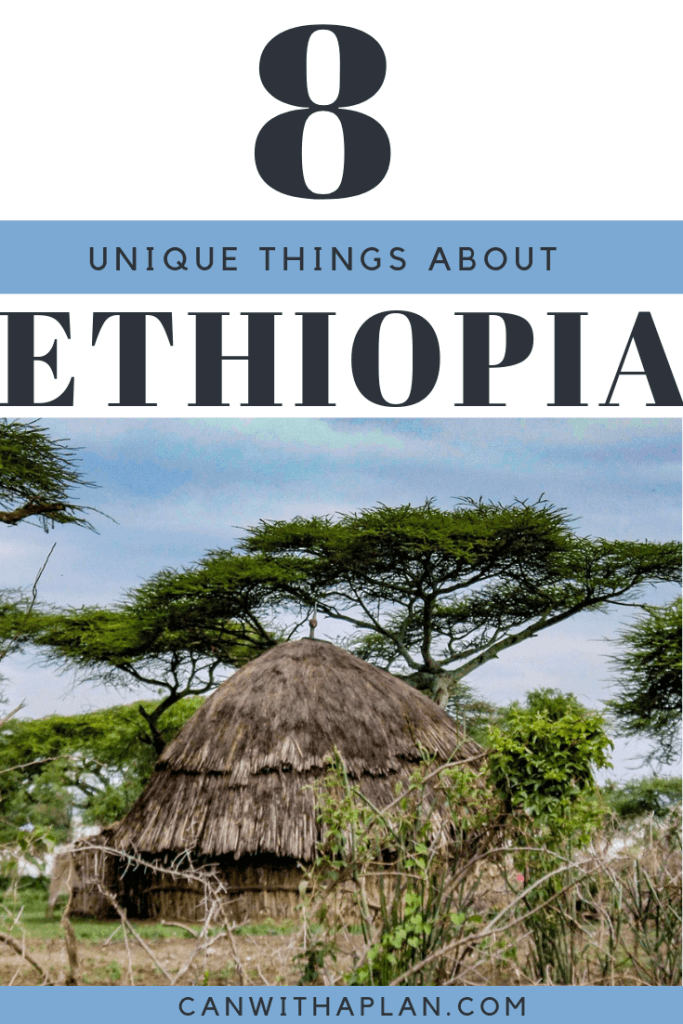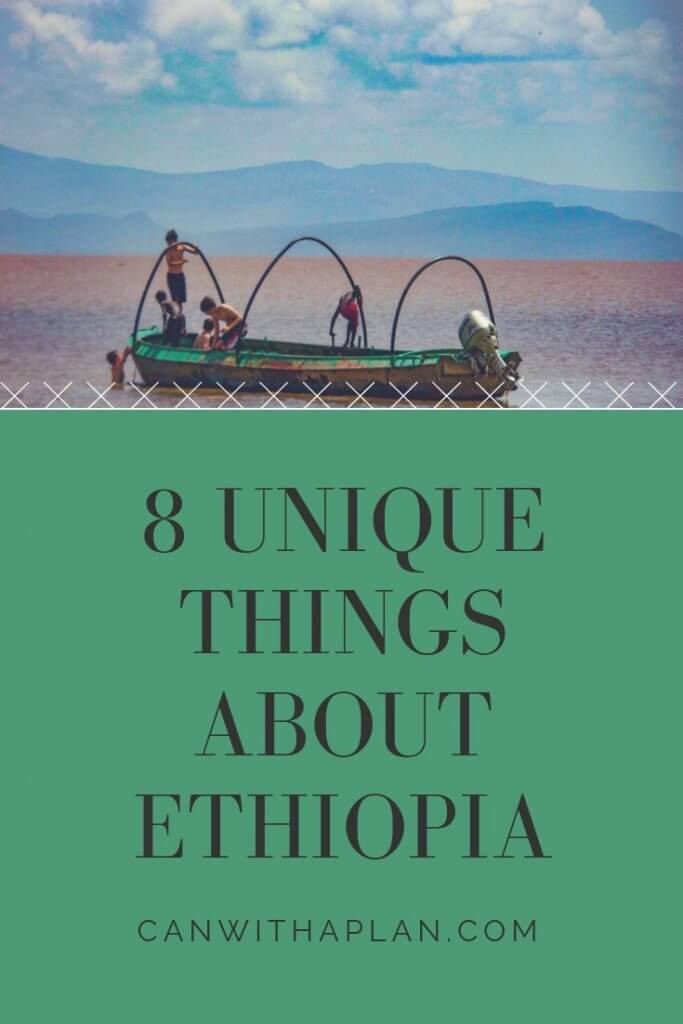Located on the Horn of Africa, Ethiopia has a culture all its own, distinct from both the African and Middle Eastern nations that surround it. I visited in 2014 on an outreach trip, spending time in Addis Ababa, the capital city, and Lake Langano. The country is not your typical tourist destination, and its diverse natural landscape and ancient traditions are still unknown to most of the world.
1. Colonial Resistance
Unlike the rest of Africa, Ethiopia was never colonized by European powers (although it was briefly occupied by Italian forces from 1936 to 1941). As a result, there is a strong sense of nationalism in the country as well as traditions and cultural elements not found anywhere else.
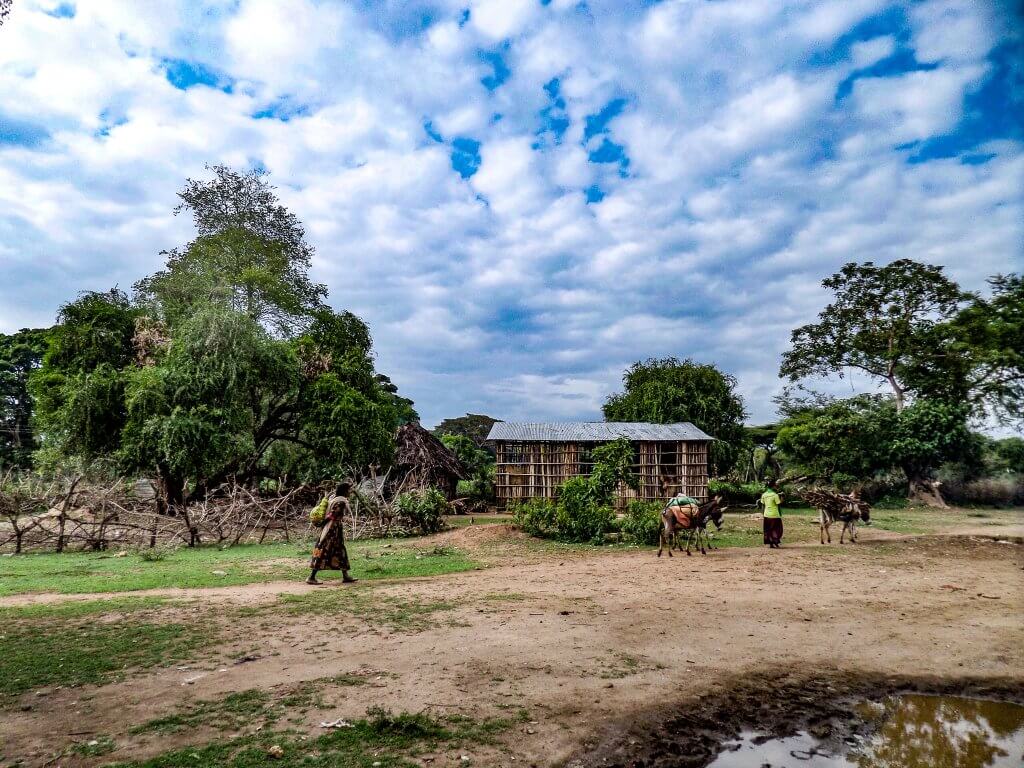
2. Calendar and Clock
One of the ways in which Ethiopia asserts its independence is through its methods of timekeeping. Most of the world now follows the Gregorian calendar which was created in 1582 by Pope Gregory XIII. Ethiopia never followed suit and still uses a system based on the Coptic calendar, which is 7 to 8 years behind the rest of the world due to a different calculation of the birth date of Christ. It does feel a little bit like you’ve traveled to the wrong year whenever you see the date printed on something while you’re there.
The Ethiopian calendar has 13 months in a year, The first 12 months each have 30 days. The last month, called Pagume, has five days, or six during the leap year which occurs every 4 years. Ethiopia has a different holiday schedule as well, celebrating Christmas on January 7 and the New Year on September 11 or 12.
Ethiopia uses a 12 hour clock that runs from dawn to dusk. Their day begins around sunrise at 6:00 AM East Africa Time, which they refer to as 12 o’clock and ends at sunset 12 hours later. What we call noon would be six o’clock to them. A new 12 hour clock starts at dusk and runs until the next morning. Ethiopia is near the equator and has close to 12 hours of daylight throughout the year (the longest day of the year is 12:31 and the shortest is 11:28), so this system works for them. They also have no need for daylight saving time, so they never spring forward or fall back. Although most Ethiopians will refer to the regular time when speaking to foreigners, be sure to confirm when scheduling tours or buses.
3. Religion
Ethiopia is roughly two-thirds Christian and one-third Muslim (there are a few other religions that comprise a small percentage of the population). Christianity came to Ethiopia in the early 4th century (when it was known as the Kingdom of Aksum), making it one of the oldest Christian nations in the world. Islam was introduced to Ethiopia in 615 AD when Muslim refugees came fleeing from persecution in Mecca. The king of Aksum welcomed them and offered them protection and freedom to practice their religion. Centuries later, these two religious groups, for the most part, continue to peacefully coexist. I met several Christians while I was there who were very close friends with their Muslim neighbors. If you stay in certain parts of Addis, you will wake up around 5am hearing the sound of the call to prayer from the mosque along with the Ethiopian Orthodox Church’s morning prayer (which also uses a loudspeaker).
4. Food
All meals in Ethiopia are based around injera, a fermented, sour bread with a sticky, sponge-like texture. Injera is made from teff, an ancient grain that is rich in protein, fiber, and minerals. The teff flour is mixed with water to form a batter and left to ferment for 2-3 days, depending on the desired level of sourness. The batter is poured out over the cooking surface in a spiral pattern until it forms a thin layer.
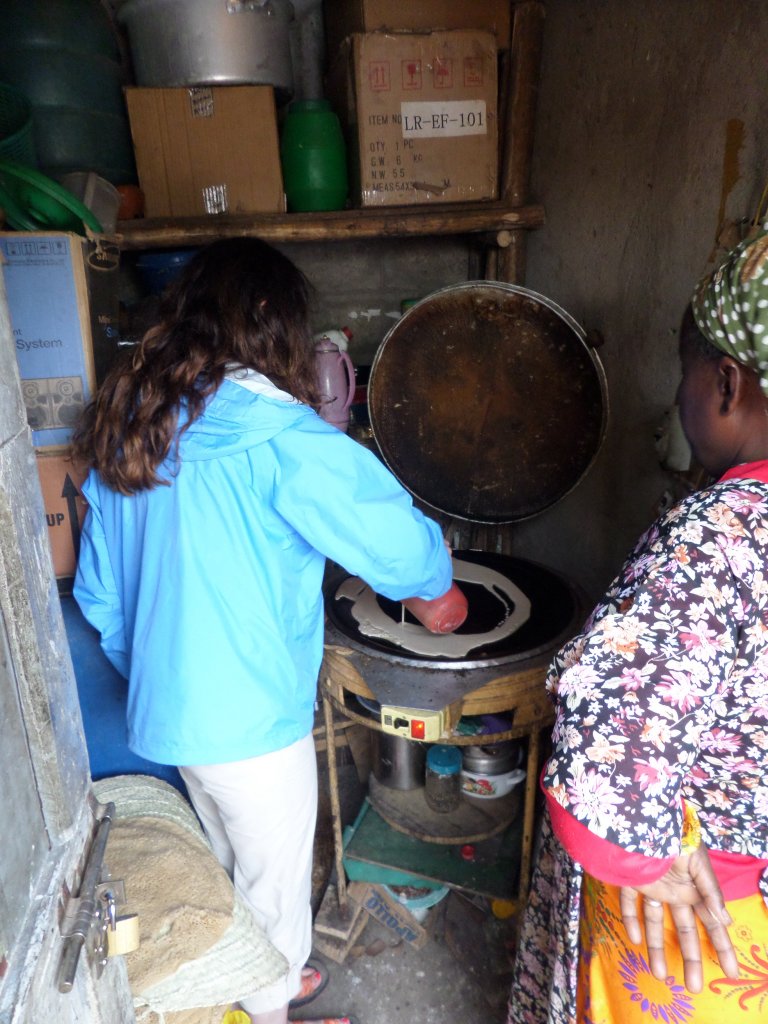
The cooked injera comes out in a flat, pancake-like sheet.
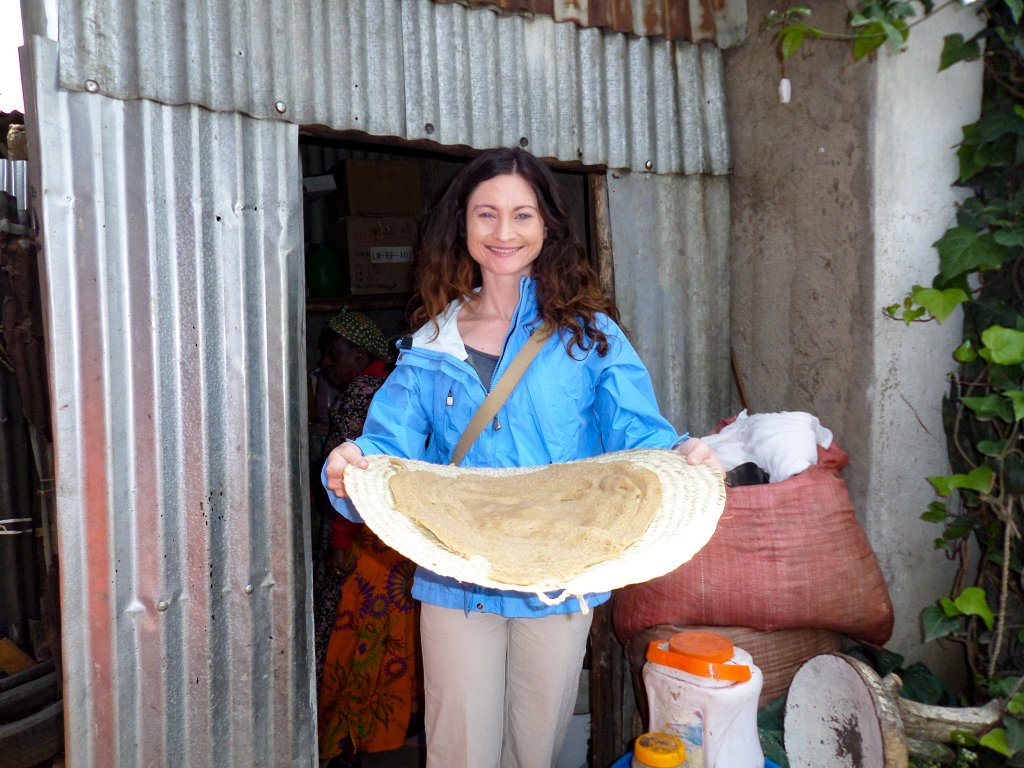
The injera is laid out across the platter and extra sheets are rolled up around the edges. Different vegetable and meat fillings in a variety of sauces are added one-by-one on top of the injera.

When you’re ready to eat, you tear off a piece of injera and use it to scoop up the fillings, forming it into a bite-sized pouch. An Ethiopian custom, known as gursha, is to feed the bite to another person at the table as a sign of friendship and love. A larger bite symbolizes a stronger bond.

5. Coffee
The coffee plant originated in Ethiopia and is central to their economy as well as their everyday life. The coffee ceremony is a ritualized form of making and drinking coffee that is performed daily in the home for family, neighbors, and other visitors as a sign of friendship and respect. A female member of the home typically performs the ceremony (lasting about two hours from start to finish), roasting, grinding, and brewing the coffee beans. It may also be performed at restaurants after a large meal.
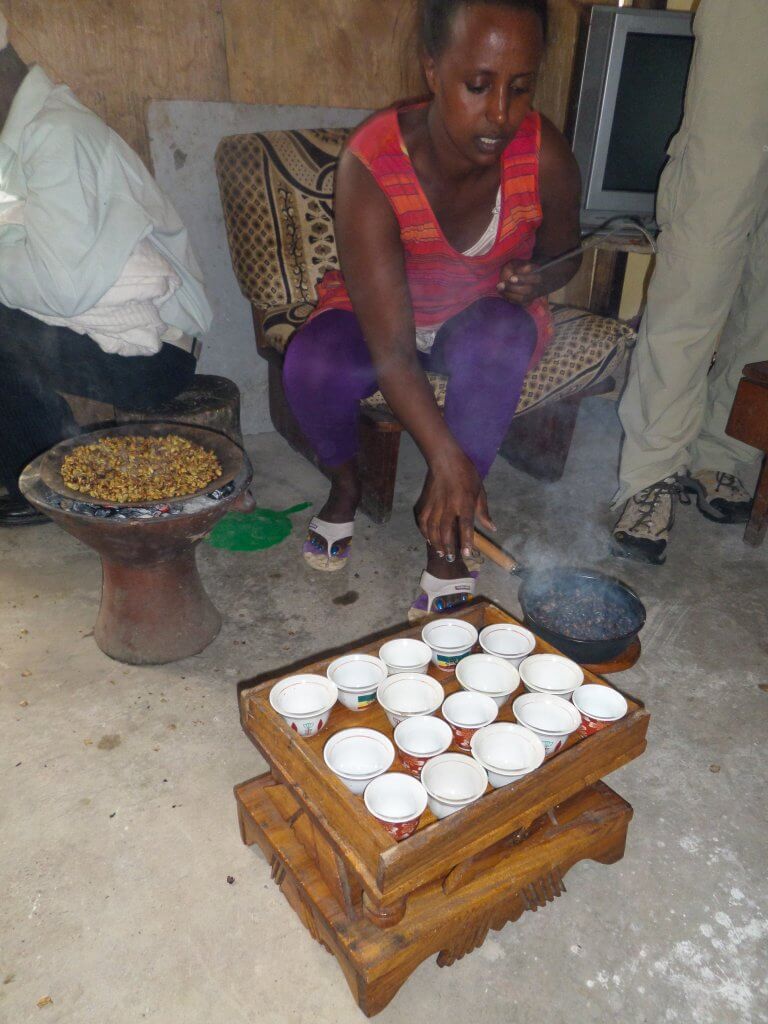
Traditional incense, such as frankincense, is typically burned throughout the ceremony and is believed to cleanse the environment of any evil spirits. The scent combines with the aroma of fresh-brewed coffee, making the air even more fragrant. The coffee is usually served with a small side, such as popcorn, for the guests to snack on while they sip on their beverage and engage in conversation.
Ambasha, a slightly sweet bread, may also be served with the coffee. The dough is wrapped in a banana leaf and baked in a round clay pot over a fire pit. The ambasha may be flavored with spices, such as cardamom, or citrus flavors. It is considered a celebratory bread and is made for Christmas and other holidays or special occasions.
6. Elevation
More than half of Ethiopia is elevated over 1500 meters above sea level and many of its mountains reach heights over 4000 meters. At higher altitudes, there are fewer molecules of oxygen per volume of air. In order to offset the lower oxygen levels, the body adapts by becoming more efficient at transporting oxygen to the muscles through the generation of more red blood cells. Living and training at high altitudes is believed to be one of the factors that has enabled Ethiopians to dominate in long-distance running events at the Olympics or in marathons.
7. Landscape
On the drive from Addis to Langano, I was surprised by how lush and green the landscape was in the Great Rift Valley. As you pass through the rural areas, it is common to see men, women, and children along the roadside herding their livestock or farmers selling their produce.
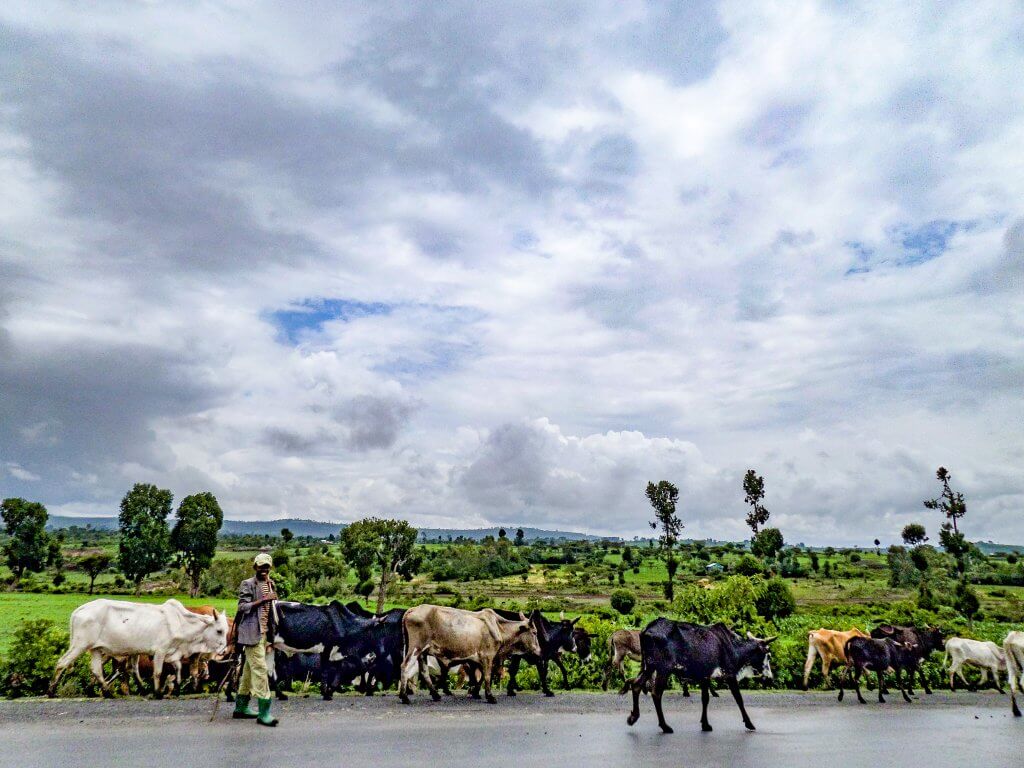


The acacia tree is indigenous to Ethiopia and one of the most iconic symbols of Africa. Its branches fan out wide like an umbrella, allowing the tree to maximize the amount of sunlight that it captures with its small leaves. This resilient tree is able to grow in harsh, desert areas and provides food and shelter to many animals. It is also used by Ethiopians for several purposes, including firewood, medicine, and furniture making.

Lake Langano is brown in color, not because it is muddy, but because of the high level of minerals in the soil beneath the lake. Many believe that the minerals in the lake water give it special healing properties.
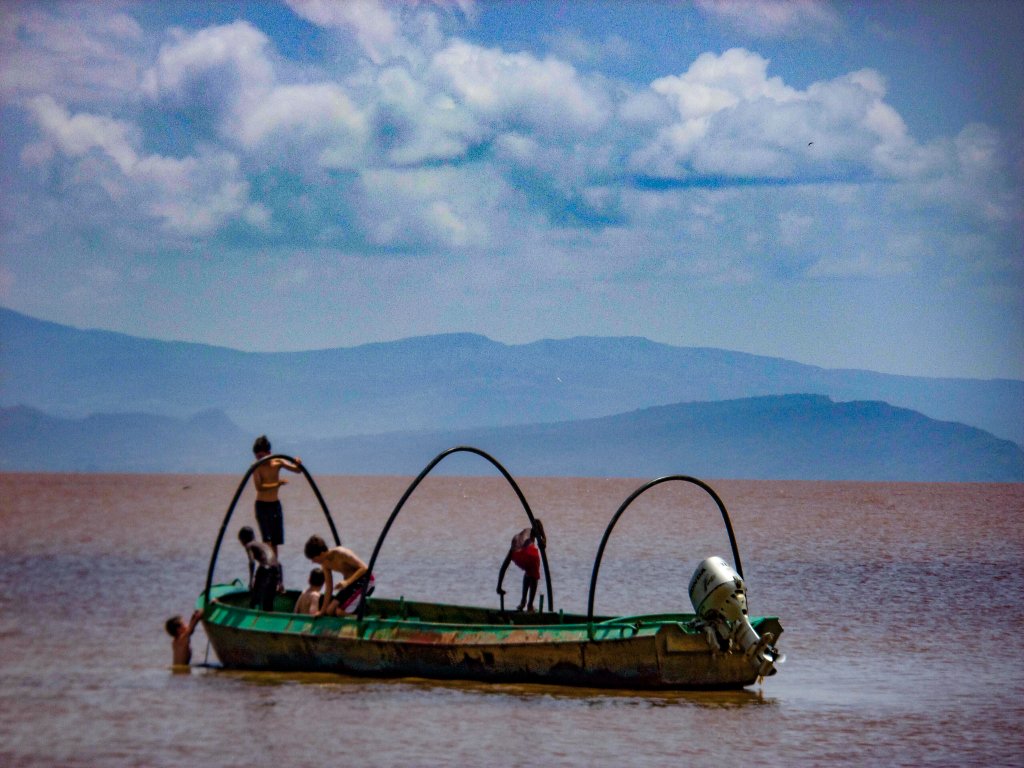

8. Wildlife
While Ethiopia is not a top safari destination, it does have a lot of interesting wildlife of its own. Many species of Old World monkeys can be found throughout the country. Colobus Monkeys were a common sight in Lake Langano. You can easily spot these arboreal creatures in the treetops with their distinctive, skunk-like markings. Their body is mostly black, with a white beard around their face, a white cape hanging down their back, and a white bushy tail. The baby monkeys have a pink face and all-white fur that is gradually replaced with black until they reach adult coloration at around 6 months.



Olive baboons are also prevalent in the area. Their name comes from their greenish-grey coat. They are not aggressive toward humans as long as you don’t bother them.


Like this post? Pin it!
